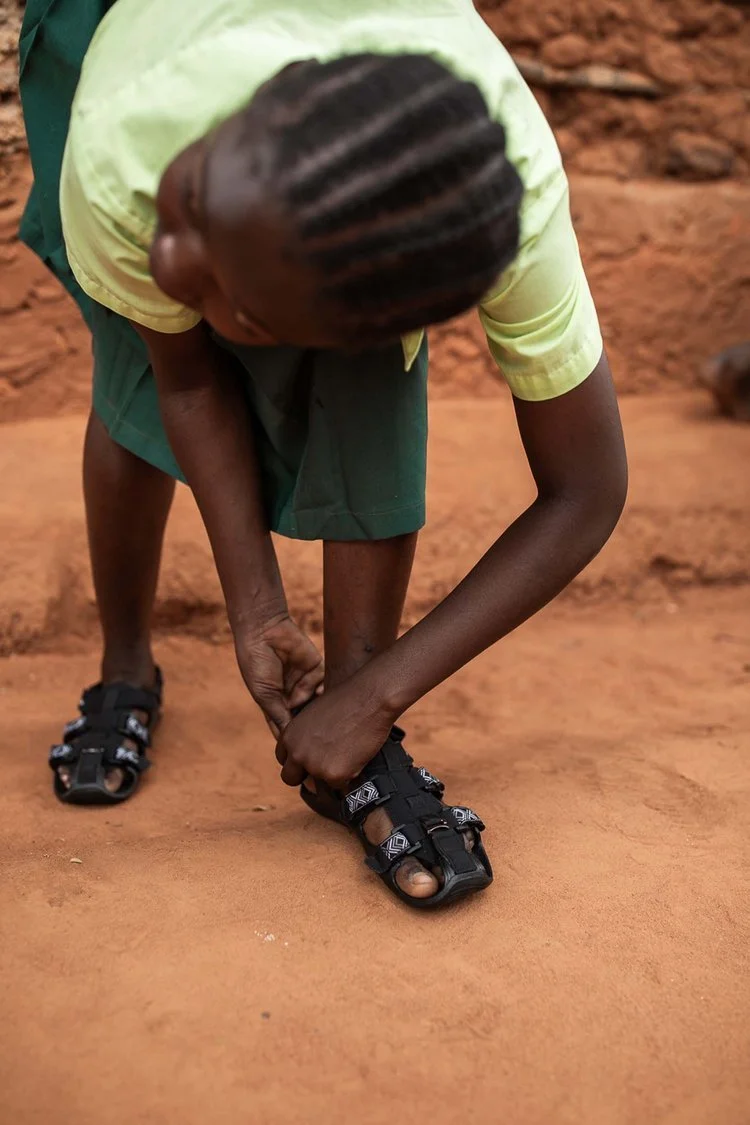5 Signs Your Brand Story Isn’t Connecting (and How to Fix It)
Solar Sister’s brand story is simple and repeatable: bringing light, hope, and opportunity.
A good brand story should feel like a bridge between you and your audience. But when it doesn’t land, it can feel like talking into the void. Here are five signs your story isn’t working — and what to do about it.
Your audience can’t repeat your story back
If your customers can’t explain what you do in simple terms, your story is too complex.
Example: Solar Sister (East Africa) trains women entrepreneurs to bring solar power to off-grid communities. Their story is so clear that partners, funders, and villagers all echo it: “Light, hope, opportunity.”
Fix: Boil your brand story down to a single line that even a child could repeat.
Charity: Water makes its supporters the heroes of the story. Photo by Swastik Arora via Unsplash.
It’s all about you, not them
If your story only talks about your product or your history, it risks alienating people.
Example: Charity: Water makes its donors the heroes. Every campaign shows what supporters made possible — wells dug, families served — instead of spotlighting the organization itself.
Fix: Put your customer or community at the center of the narrative.
You’re too polished to be real
Over-produced content often feels distant. Audiences crave honesty.
Example: The Shoe That Grows (US/Kenya) shares unfiltered stories of kids wearing their adjustable shoes, often captured by volunteers. Their approach proves that sincerity can be more powerful than slick production.
Fix: Share the truth, not the version you think people want to see.
Movember’s “Conversations” campaign encourages men to check in with friends who may be struggling — using simple, relatable dialogue to make tough topics easier to talk about. Photo via Movember.
Your story hasn’t evolved
If your brand is telling the same story it did five years ago, it might feel stale.
Example: Movember began with quirky moustache campaigns but now tells broader stories about men’s health, mental well-being, and suicide prevention. Their story grew with their mission.
Fix: Revisit your story regularly. Ask: does it reflect where we are now?
There’s no clear next step
A great story makes people want to do something — buy, share, sign up, donate.
Example: GiveDirectly tells a simple story: “Send money directly to people living in poverty.” Every story they share ends with a direct, actionable invitation.
Fix: Make the “what now?” obvious. Don’t leave your audience hanging.
Takeaway
When your story isn’t landing, don’t assume you need a bigger budget or fancier visuals. Often, it’s about being clearer, more human, and more action-oriented. That’s what makes a story stick. Good stories travel on their own. Need help crafting a brand story? Say hello.





